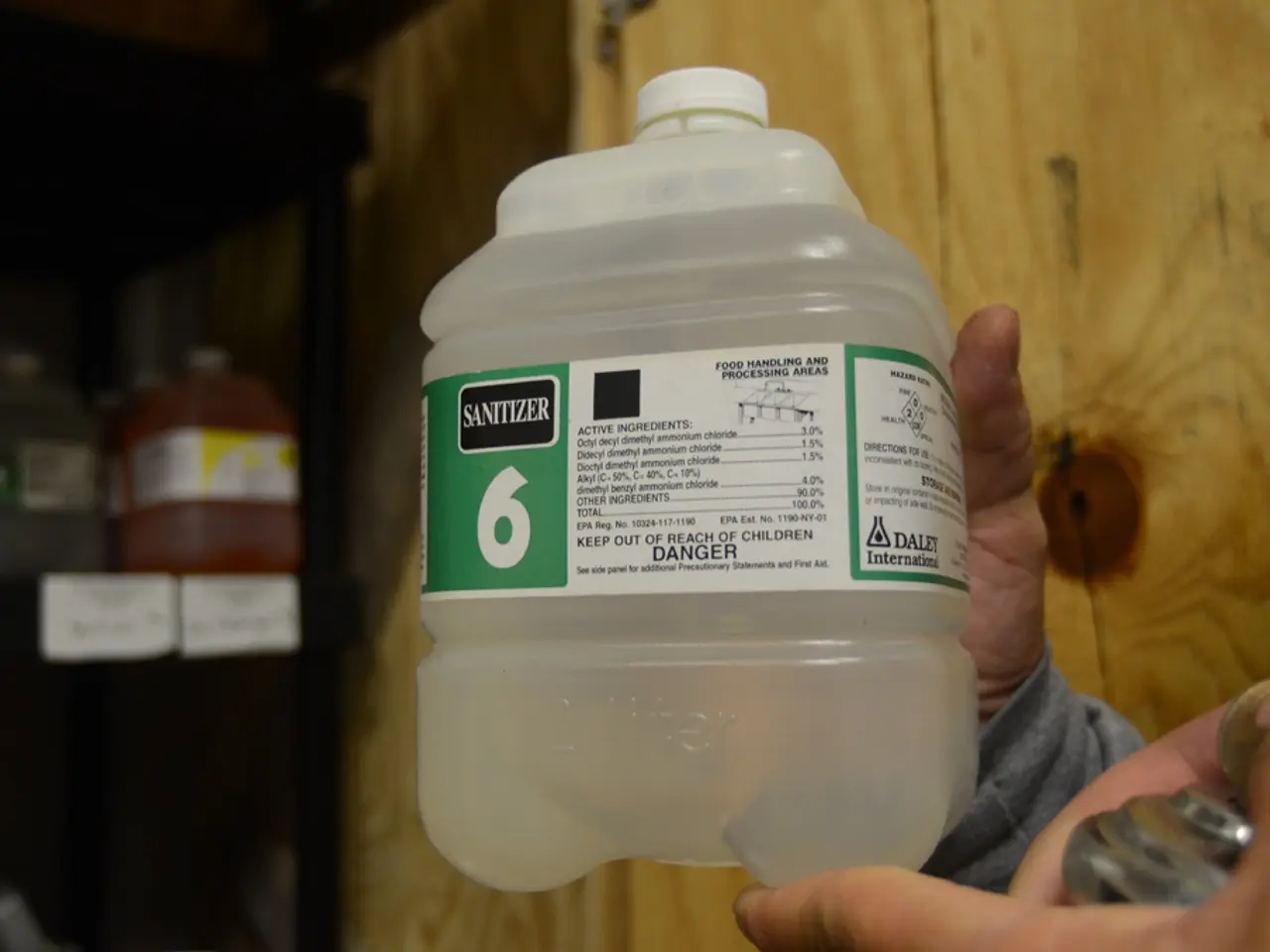Reduction of Work Hours in Heat: Guidance from Rospotrebnadzor
**Adjusting Work Schedules and Practices in Hot Conditions: A Guide for Workers and Employers**
In response to the soaring temperatures experienced by many parts of Russia, particularly in the southern regions and during the summer months, official guidelines and recommendations have been issued by Rospotrebnadzor (Federal Service for Surveillance on Consumer Rights Protection and Human Wellbeing) to help minimize heat exposure for workers.
**Work Schedule Adjustments**
Workers in high temperatures, such as those above 28.5°C, are advised to reorganize their schedules to avoid the hottest parts of the day. This could mean planning work during the early morning, finishing before noon, and possibly resuming in the late afternoon or evening when temperatures are cooler.
To further reduce heat exposure, it's recommended to limit continuous outdoor work and take frequent breaks in shaded or cooler areas, especially when performing strenuous tasks or wearing personal protective equipment, which can exacerbate heat stress. Gradually increasing workers’ exposure to heat over several days can also help their bodies adapt to the high temperatures.
**Hydration and Personal Care**
Staying hydrated is crucial, especially in hot conditions. Workers are advised to drink plenty of water before, during, and after work shifts, and to avoid caffeinated and alcoholic beverages, as these can lead to dehydration. In situations where sweating is heavy, consider drinks with electrolytes or eat foods that help maintain salt balance.
Lightweight, breathable, and loose-fitting clothing is recommended, while personal protective equipment should be lightweight and adequate breaks scheduled. Supervisors and workers should also watch for symptoms of heat exhaustion or heat stroke, such as dizziness, nausea, confusion, or rapid pulse, and have emergency protocols in place.
**Additional Recommendations for Outdoor Work in Extreme Heat**
To protect against UV radiation, it's important to apply sunscreen, wear wide-brimmed hats, and use sunglasses. A buddy system can be implemented so workers can monitor each other for signs of heat-related illness. First aid should be available, and staff should be trained to recognize and respond to heat-related emergencies.
When possible, physical exertion should be reduced, and tasks may be mechanized to minimize human exposure. In extreme heat, it's important to work in pairs or teams, and to use sun protection measures such as sunscreen, wide-brimmed hats, and sunglasses.
**Temperature Thresholds and Recommendations**
While specific Rospotrebnadzor guidelines on a precise temperature threshold, such as 28.5°C, were not detailed in available sources, these recommendations reflect both international occupational health standards and recent field practices in Russia.
If the temperature reaches 30.5°C, it's recommended to shorten the workday by four hours. If the temperature reaches 29°C, it's recommended to shorten the workday by two hours. Work in temperatures above 32.5°C is considered dangerous (extreme), and proper hydration is crucial to prevent dehydration, especially in temperatures above 30°C during moderate work.
If the temperature in a non-air-conditioned workspace reaches 28.5°C, it's recommended to shorten the workday by an hour. In air-conditioned spaces, the temperature should be kept between 24-25°C.
As the summer heatwave continues, leading specialists at the "Fobos" weather center have forecast record-breaking heat in Moscow, with the hottest days expected on July 10-11. Moscow authorities are also discussing ways to combat heat on public transport.
[1] Source: Rospotrebnadzor guidelines for organizing a rational work schedule in high temperatures.
- In the context of work and workplace wellness, science recommends reorganizing work schedules for workers in high temperatures to avoid the hottest parts of the day, often during early morning or late afternoon, as stated in the Rospotrebnadzor guidelines for managing heat exposure at work.
- Adhering to health and wellness guidelines, it's essential for employers to prioritize workplace wellness by providing adequate measures such as cooler work areas, regular breaks, and promoting hydration when temperatures rise, as outlined in the Rospotrebnadzor guidelines for adjusting work schedules and practices in hot conditions.




